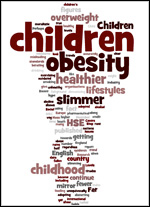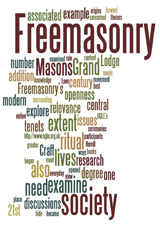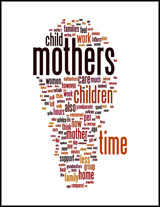Code of Practice / Guidelines on Science and Health Communication.
Prepared by the Social Issues Research Centre in partnership with the Royal Institution – Sept 2000
Draft Guidelines for Scientists, research departments and professional bodies
It is clearly desirable that scientists should be actively engaged in communicating the results of their work to the wider public. Illustrating the potential value to society of the work of scientists, and raising the profile and status of science itself, are important objectives in times when public faith in such endeavours appears to be waning.
Such communication of research findings, however, imposes a number of obligations on scientists in all disciplines. There is a requirement not only that findings should be presented accurately, but also in ways which minimise the potential for distorted or unwarranted conclusions being drawn in media reporting and non-specialist discussion.
These obligations are particularly significant in the medical and biological sciences where research may be seen by members of the public as having direct relevance to their own conditions, behaviour or lifestyle.
To ensure accuracy and to minimise the potential for misleading conclusions being drawn the following guidelines are proposed:
1) Dealing with the media
Many scientists have little experience of being interviewed by journalists and broadcasters. While they may be at ease when discussing their work with fellow professionals in conferences and seminars, communicating their work accurately to the wider public often requires quite different skills.
It is desirable that all research departments and professional bodies provide advice and guidance to their members regarding presentation of findings to the media in their specific disciplines. There should be encouragement to scientists to talk about their work in an open and responsible way, balancing the need for maintaining scientific rigour with communicating research in a way which can be clearly understood by the wider public.
Equally, specific advice on responses to predictable questions from the media should be provided in order to reduce the risk of misinterpretation.
2) Credibility
The status of a research report should always be made clear and scientists should draw attention to the following where appropriate:
- The study has not yet been published in a peer-reviewed journal
- The findings are 'preliminary' or generalisation is not warranted
- The results are from an investigation whose findings have yet to be replicated
- The results differ markedly from previous studies in the same area
- The findings are derived from small or unrepresentative samples
- The findings are based entirely on animal studies
- The findings are purely correlational
Where several of the above points apply to a particular study it may be desirable that communication of the results is delayed until such time that the credibility of the evidence can be more firmly established.
3) Accuracy
It is a fundamental requirement that all scientists report their work accurately. Correct details of methods, procedures, analyses and statistical methods are required in all cases to allow the merits or otherwise of a particular investigation to be assessed. The concept of accuracy, however, extends further than this to the presentation of conclusions and implications of findings. While it is desirable that scientists draw attention to the 'interesting' and potentially newsworthy aspects of their work, this must be done in a responsible way. Where, for example, a number of interpretations of the data are possible, these should be clearly identified. Similarly, scientists should avoid speculation based on opinions or beliefs which are not related to the study itself
4) Communication of risk and benefits
Communicating the results of studies which report changes in the probability of human morbidity or mortality, or similar changes in risks to the environment, imposes additional and quite specific responsibility on the scientific community. Scientists clearly have a duty both to warn the public of potential dangers and to highlight potential ways of improving health and safety. At the same time, however, it is essential that the generation of unwarranted optimism – e.g. 'breakthroughs' or 'miracle cures' – or fears and anxieties which cannot be supported by the data, are avoided. With this in mind it is desirable that where relative risks are reported, the absolute risk of the phenomenon under investigation should be clearly stated in order to minimise the possibility of inappropriate conclusions being drawn. Where relative risks are small (e.g. less than 50%) the dangers of inferring causal connections should clearly be stated, even though the findings may be statistically significant.
It is also desirable that comparative risks should be provided where there is a potential for misinterpretation of results – e.g. comparing a reported 'danger' with the probability of being struck by lightning or travelling in a motor car for a short period of time. The observed 'benefits' of a particular variable should also be presented in a comparative manner.
5) Is it safe?
An increased concern with safety is very evident in contemporary popular media. The concept of safety, however, is an issue with which science is ill-equipped to deal. The rise in significance of the Precautionary Principle in policy and public decision-making also adds to difficulties which many scientists face in this context.
Scientists are unable to say in response to media questioning that anything is ever 'safe'. There are always uncertainties. Such responses, however, are often seen as 'equivocation' or a lack of conviction by non-scientists. There is, therefore, a need for scientists to anticipate the potential for such reactions while at the same time maintaining the rigorous application of scientific principles. This might, again, be done in a comparative manner – e.g. indicating that the risks associated with X are, empirically, no greater than those associated with Y, where Y might be something which is popularly perceived as 'safe'.





